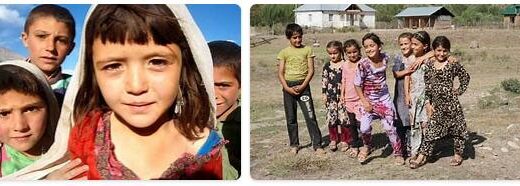Tajikistan 2014
Yearbook 2014 Tajikistan. The repression of freedom of opinion and opinion continued. Tajikistan population in 2020 is estimated at 9,537,656. The National Security Committee increased control over content in media and literature that was...
